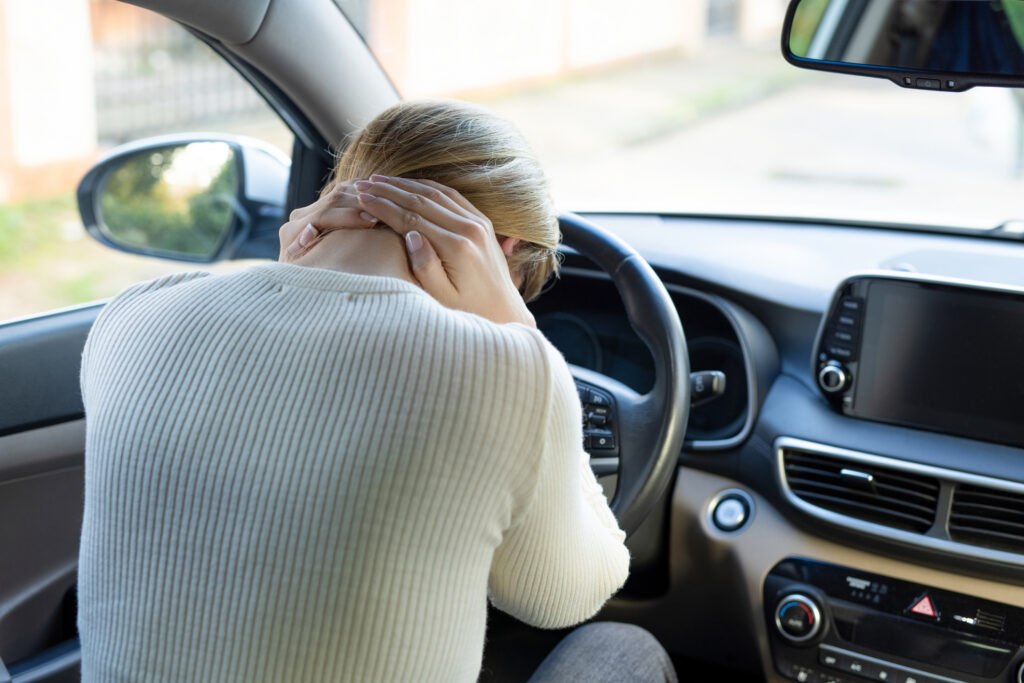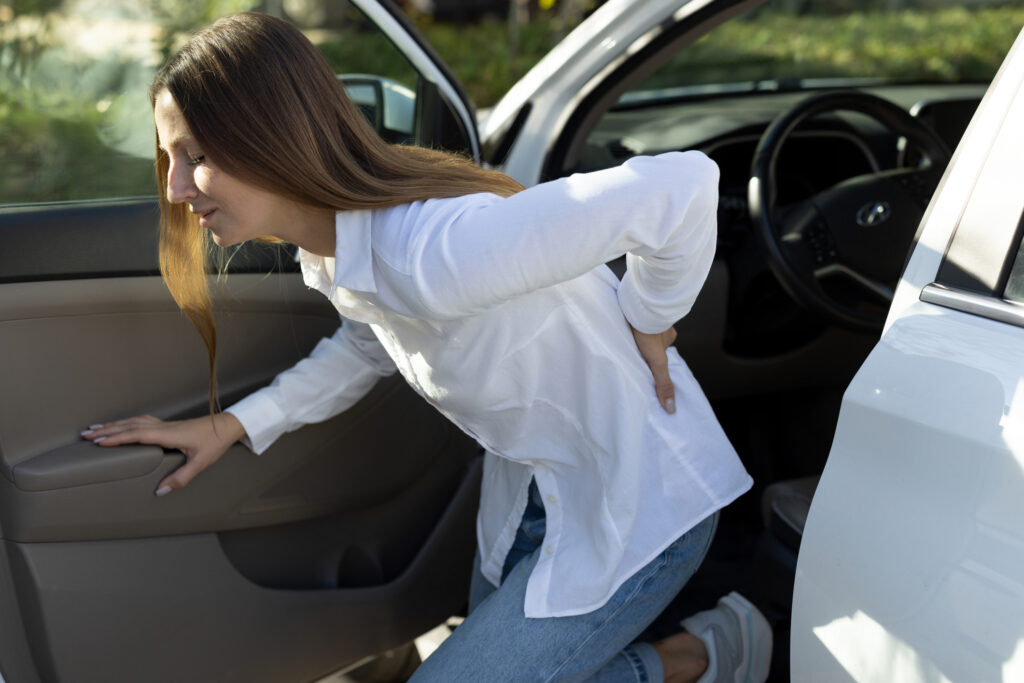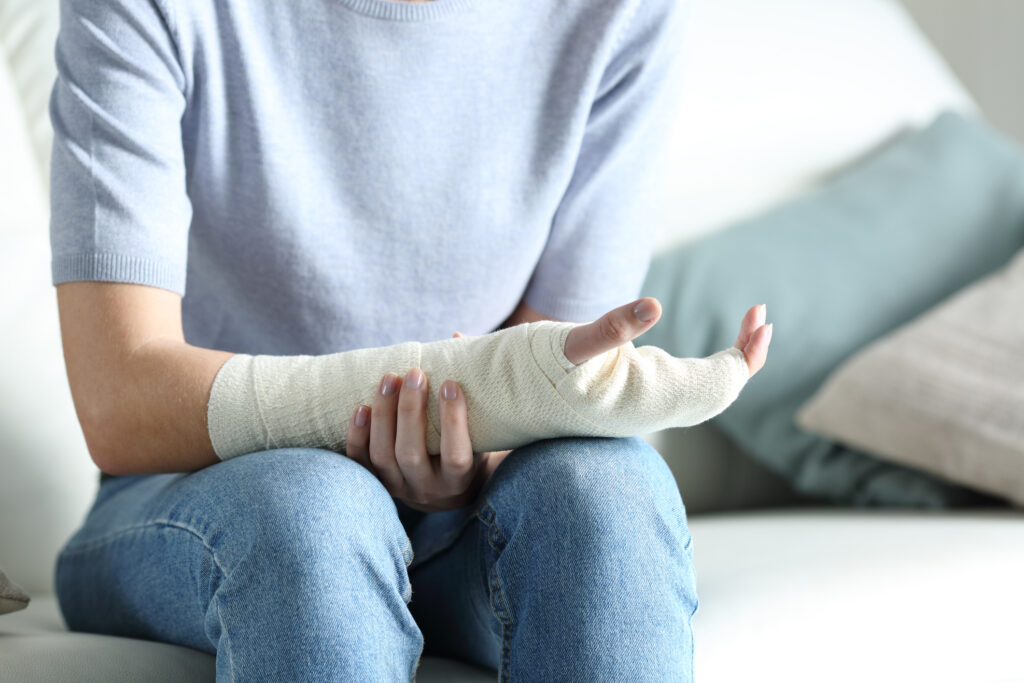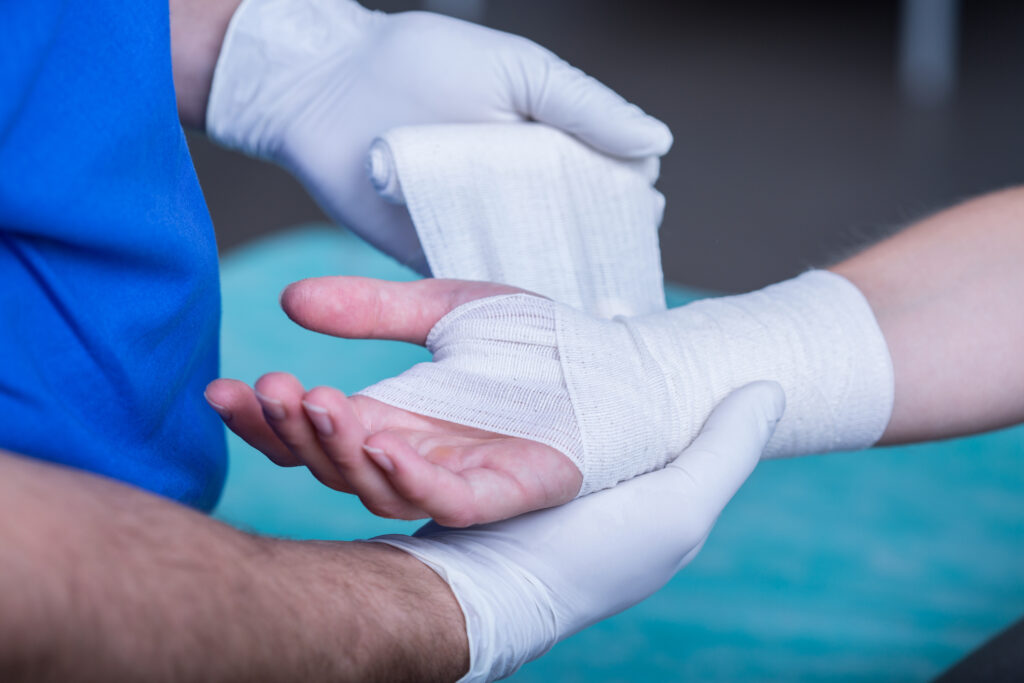Rideshare services, such as Uber and Lyft, have become a common go-to for daily commuting. But like any mode of transportation, they do come with risks. A collision involving an Uber or Lyft driver can lead to various types of bodily harm, ranging from the minor to severe. Whether you are a passenger or a driver, understanding the most common injuries in a rideshare accident can help you identify symptoms, seek the appropriate care needed to better your recovery process, and know your rights when it comes to securing compensation.
1. Whiplash and Neck Injuries

Sudden acceleration or deceleration in a rideshare accident can force your head to snap forward and backward, affecting the neck muscles and ligaments. Symptoms may include the following:
- Neck pain
- Stiffness
- Headache
- Dizziness
- Limited range of motion
While the severity of whiplash will be dependent on a case-by-case basis, affected victims should seek medical attention as soon as possible, especially since whiplash complications may appear immediately or at a later time. Early detection will benefit you in the long run as it can prevent the condition from worsening over time. However, insurance companies will try to downplay the situation, so be sure to create/record proper documentation to strengthen your claim.
2. Head and Brain Injuries

Passengers and drivers can sustain head injuries if they strike a window, dashboard, or headrest following an impact. Even without direct contact, sudden force can cause the brain to move inside the skull, leading to traumatic brain injuries. Common issues that may arise shortly after include:
- Frequent headaches
- Nausea
- Vomiting
- Memory problems
- Sensitivity to light and sound
- Behavioral issues
The effects may last weeks, months, or even a lifetime, but moderate to severe cases will require extensive medical care. Maintaining such a condition will be costly, but if the incident was caused by someone else’s negligence, you can pursue legal action against them to recover compensation for the losses you incurred. Be sure to acquire a copy of your medical records to use as proof that you sustained an injury and sought out care directly after the incident.
3. Back and Spinal Cord Injuries

Rideshare accidents can cause back injuries since victims are often unprepared when an impact occurs. Outcomes may include:
- Herniated discs
- Compression fractures in the spine
- Spinal cord damage, leading to temporary or permanent paralysis
Symptoms may involve severe pain in the lower or upper back area. Rideshare accident victims may also experience mobility issues, like numbness in the arms or legs or difficulty moving or maintaining balance. Thorough medical evaluations, like MRIs or CT scans, may be conducted to establish a clear link to the incident.
4. Broken Bones and Fractures

Rideshare car accidents can trigger passengers to either get tossed against the vehicle’s interior or ejected out, causing broken bones. Common fractures may include the following:
- Arm and wrist damage when bracing for impact
- Leg and ankle fractures occurring after it is pinned or twisted unnaturally
- Rib fractures from seatbelt compression or intense contact
- Facial injury after contact is made with a dashboard, window, or airbag
Complications will likely involve serious pain and swelling in the affected area. Bruising may also appear along with numbness or tingling if nerves are damaged. Surgical procedures will be suggested to stabilize the bone. If fractures are not properly maintained, long-term pain or mobility issues will persist.
5. Soft Tissue Injuries and Lacerations

Soft tissue injuries happen when your muscles, ligaments, or tendons are stretched or torn as a result of abrupt movements. In addition, lacerations or deep cuts can be triggered by sharp objects or broken glass inside the vehicle. Experiencing either of these forms of bodily harm may result in:
- Pain
- Swelling
- Bruising
- Difficulty functioning the injury site
- Open wounds, leading to excessive blood loss of infections
In serious cases, such as torn ligaments or tendons, you may be required to undergo surgical procedures and rehabilitation. It is encouraged for rideshare accident victims to seek immediate medical attention and keep records of treatment. Recoverable compensation, like medical bills and pain and suffering, may help cover costly charges connected to the incident.
Most Common Causes of Rideshare Injuries

While every Uber and Lyft accident is going to be different, some of the most common causes of rideshare accidents are due to factors such as driver negligence and hazardous road conditions. Let’s take a closer look at how each of these factors can contribute to such an outcome.
Speeding
Speeding is a common act of negligence that drivers do for a variety of reasons, but rideshare drivers may feel pressured to speed in order to complete multiple trips as quickly as possible and maximize their earnings. This can influence them to exceed speed limits, especially in areas that have high ride requests. Additionally, they will have to meet the time provided on the app to provide rider satisfaction. Arriving late during a pick up or drop off may lead to negative reviews, thus affecting their employment status.
Performing such dangerous actions can result in:
- Reduced reaction time
- Increased stopping distance
- Greater impact
All drivers must comply with CVC 22350 to maintain safer roads. This means that they will need to maintain reasonable and prudent speed based on the street, weather, and traffic conditions presented. If not, they will not only be susceptible to injuries, but they can be held liable for the accident in question.
Distracted Driving
Rideshare drivers frequently use their phones to fulfill work-related tasks, like accepting ride requests, checking navigation, and communicating with passengers. While these actions are expected from rideshare drivers, it is considered to be distracted driving and they can cause an accident by diverting their attention away from the road.
Other forms of distraction may include adjusting the music or eating while driving. The following traffic laws have been established to prevent such behavior from obstructing an individual’s ability to safely navigate themselves on the roads:
- CVC 23123: Drivers cannot hold a wireless telephone while on a call. But, if it is designed and configured to allow hands-free operation, it can be used in that matter when on the road.
- CVC 23123.5: Drivers are not allowed to use a wireless telephone or electronic device to send out texts, emails, or browse the internet. They can only use it through hands-free or voice-operated features.
- CVC 23124: Drivers 18 and under are restricted from using an electronic device for any reason while driving.
Fatigue
An Uber or Lyft driver who works long hours, sometimes driving late at night or after working a full-time shift, can put themselves at risk of an accident due to inadequate rest. Those operating a vehicle while experiencing fatigue may experience:
- Slower reflexes
- Loss of consciousness
- Impaired judgement
It is encouraged for rideshare drivers to take sufficient breaks before logging into the app. Doing so will improve your ability to properly navigate yourself in and out of traffic safely. If not, they can cause a catastrophic accident where many can be injured.
Poor Road Conditions
Rideshare drivers who encounter road hazards, like potholes or debris, are expected to endure loss of control. Poorly marked lanes can also contribute to an Uber or Lyft accident as it can lead to confusion. Chances of a collision are highly likely in this case due to sudden braking, and may worsen if the driver is in a congested or unfamiliar area.
How Much Compensation Can You Get for Rideshare Injuries?
The amount of compensation you can obtain as a result of a rideshare injury depends on the following factors:
- The extent of your bodily injury
- Percentage of fault
- Current and future medical bills
- Lost wages and earning capacity
The exact value will vary on a case-by-case basis, but to understand what legal rights and options you have available to seek compensation, you can present your case to a knowledgeable Uber or Lyft accident attorney.
They will assess the information provided, identify the at fault party, and determine what necessary steps should be taken to ensure you recover full and fair compensation. Typically, in rideshare accident cases, economic damages and non-economic damages are awarded.
Economic Damages
Economic damages are financial expenses you incurred as a result of the collision, like:
- Hospital fees
- Lost income
- Property damage
Non-Economic Damages
Non-economic damages are intangible losses that can be difficult to quantify in monetary terms, such as:
- Emotional distress
- Loss of enjoyment of life
- Pain and suffering
West Coast Uber and Lyft Accident Lawyers Is Here to Help

If you were involved in an accident with an Uber or Lyft car, you may be entitled to secure compensation for the losses you sustained. At West Coast Uber and Lyft Accident Lawyers, we have over 20 years of experience handling rideshare accident cases and a strong track record of achieving client satisfaction.
With our ongoing success, we remain determined to provide quality care tailored to meet or exceed your legal needs and expectations. We will work tirelessly to ensure we acquire the best outcome possible on your behalf. Our team operates under a contingency-fee basis, meaning you do not pay any upfront fees. Instead, we only receive payment if we successfully win or settle your case.
To schedule a FREE consultation with an expert rideshare accident lawyer, you can contact us by calling (213) 465-8682 or completing our quick online contact form.